Interdisciplinary Illustrators – AOI Member Folios
Illustrators are a multifaceted group, and ‘illustration’ as an umbrella contains all kinds of experimentation.
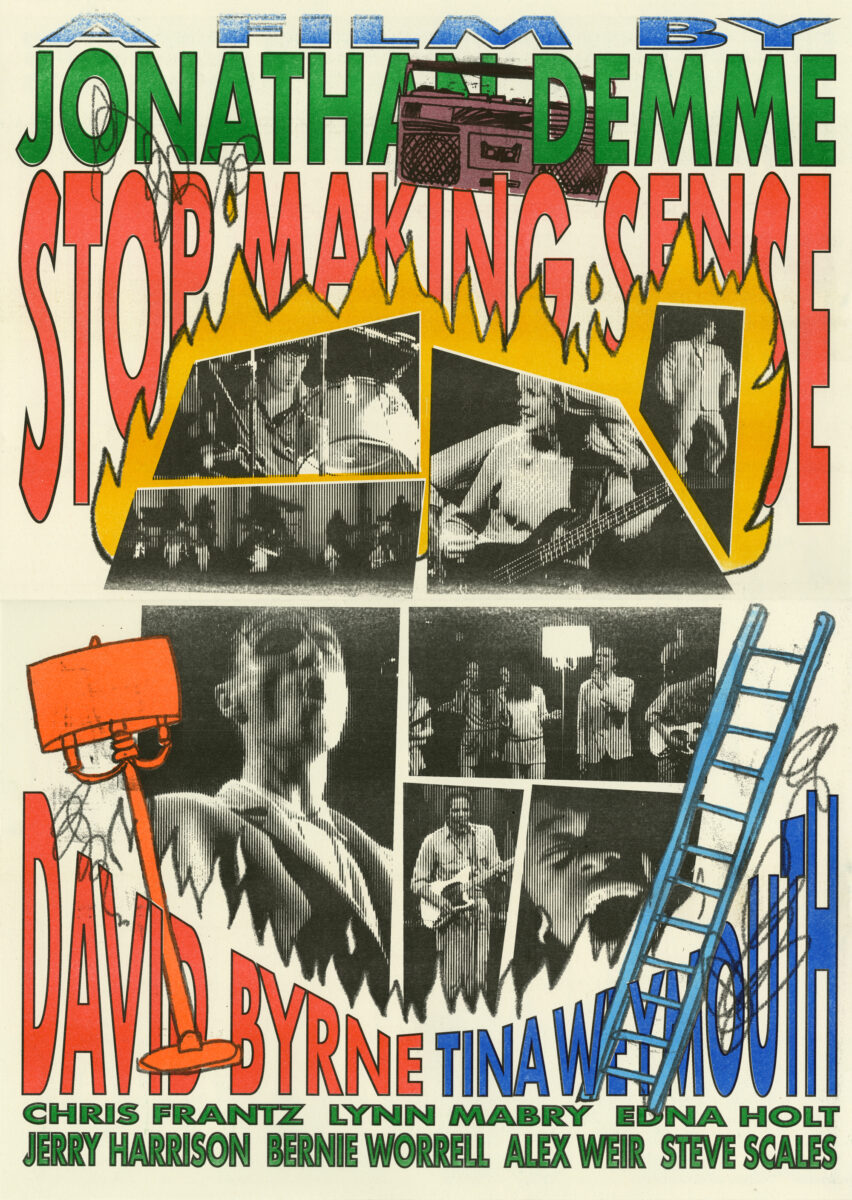
We spoke to some of our AOI Members who are making work that spans multiple disciplines, to explore if we can map where illustration ends and something else begins.
The question “what do you do?” can be difficult to answer. When we asked Vitoria Bas, she told us “I often go for “illustrator and graphic designer”, but every time I answer the question it feels like a mini existential crisis. Sometimes I feel like a Graphic Designer who can also draw, sometimes I feel like an illustrator who also knows how to set type. Both practices become tools that can be used on each other.”
I believe that design has taught me a lot about who I am as an illustrator. It has contributed significantly to my style and allowed me to develop a hybrid vision, as these two fields are closely interrelated.
Helena Pallarés
So if you need a hyphen or two, the next question is: which comes first? Helena Pallarés defines herself as an illustrator and graphic designer ‘currently in that order’, although previously she would have put graphic designer first. In fact, she tells us “if I had more time, I would love to incorporate other disciplines like video, animation, or photography into my work.”
Raisa Álava also takes a creative approach to how they showcase their abilities: “Then I discovered people working in what I loved the most: drawing. I started learning what an illustrator was and then I found myself being one of them. But, I do not consider myself only an illustrator, I do comics too and I love drawing in a very experimental way so… with all this mess around, I would like to say that I want to be a drawing professional.”
There are often international variations in studying illustration, including which distinctions are made between art and design, or graphic design and illustration. Victoria Bas notes that in her home country of Brazil, studying Graphic Design was an unusual path, and courses don’t differentiate illustration as a separate discipline at degree level.
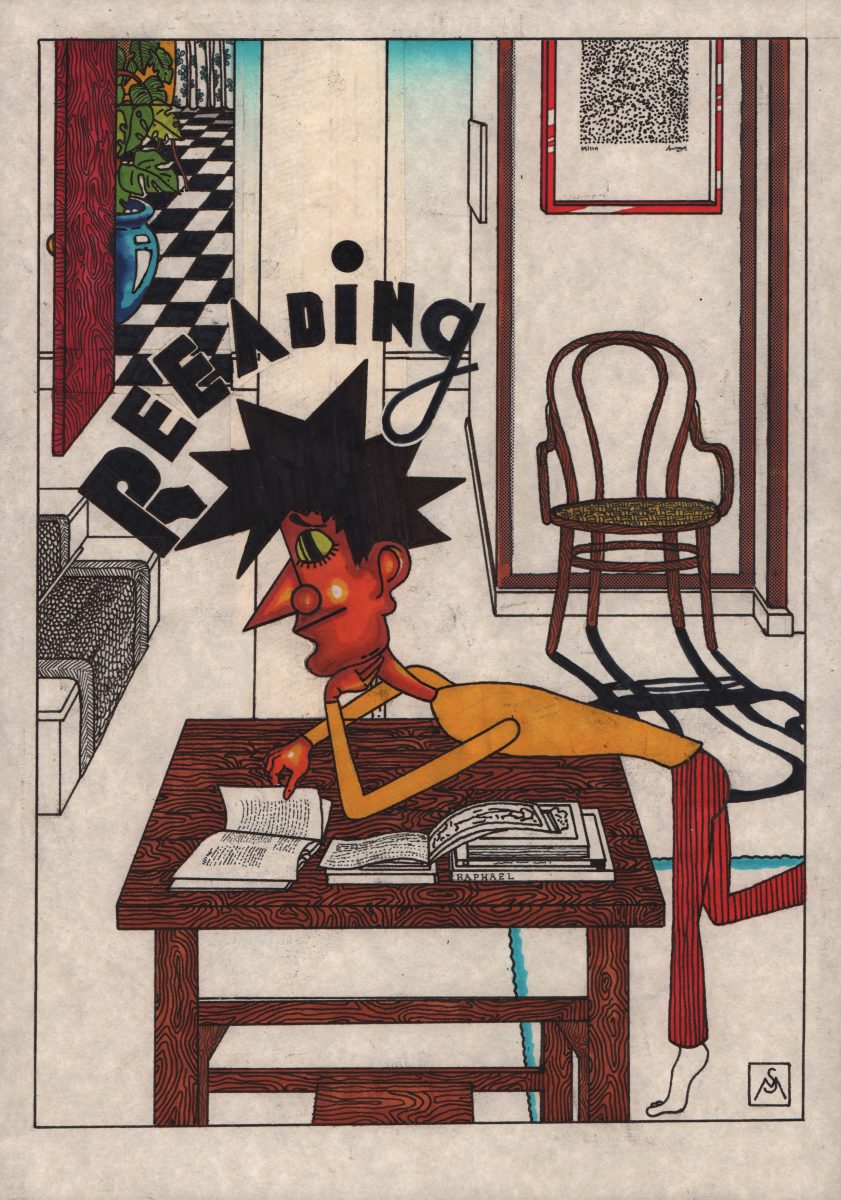
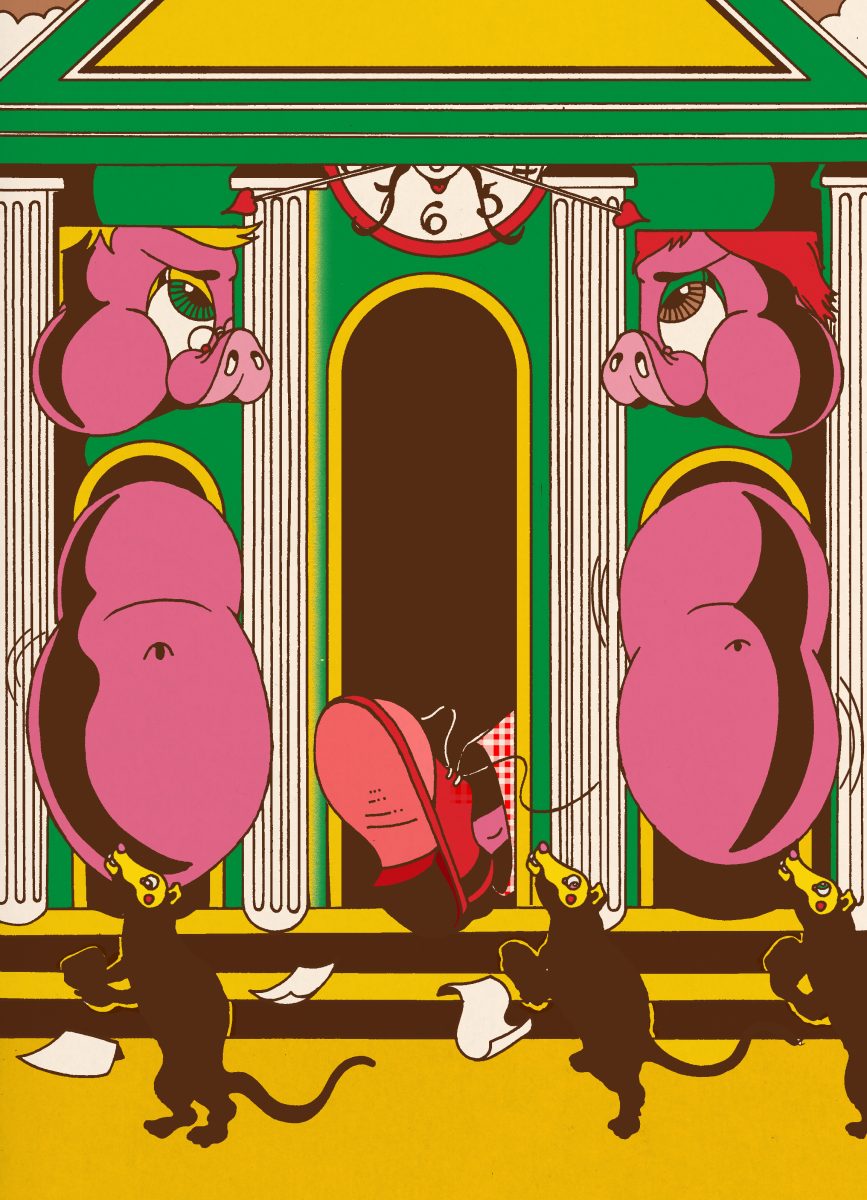
Even the word ‘illustrator’ isn’t straightforward. Stella Murphy tends to refer to herself as a cartoonist – mostly because this she feels this is what best defines her approach: “when left to my own devices I like to create single panel comics. Usually dropping into the middle of a story, a character saying something, and with no distinguishable start or finish.” But she also mentions an initial resistance to calling herself an illustrator, as she was concerned this would come with connotations of ‘quite twee children’s books’. That discomfort or resistance may feel deeply familiar to so many of those whose practice is based in drawing – when you say ‘illustration’, what does the other person in the conversation imagine, and how accurate is that to what you make? It’s a dilemma that hints at the sheer breadth of illustration as a discipline.
It took me a while to see my multidisciplinary practice as a strength other than a confusing puzzle for clients to piece together. Turns out I was the one struggling to piece the puzzle together.
Vitoria Bas
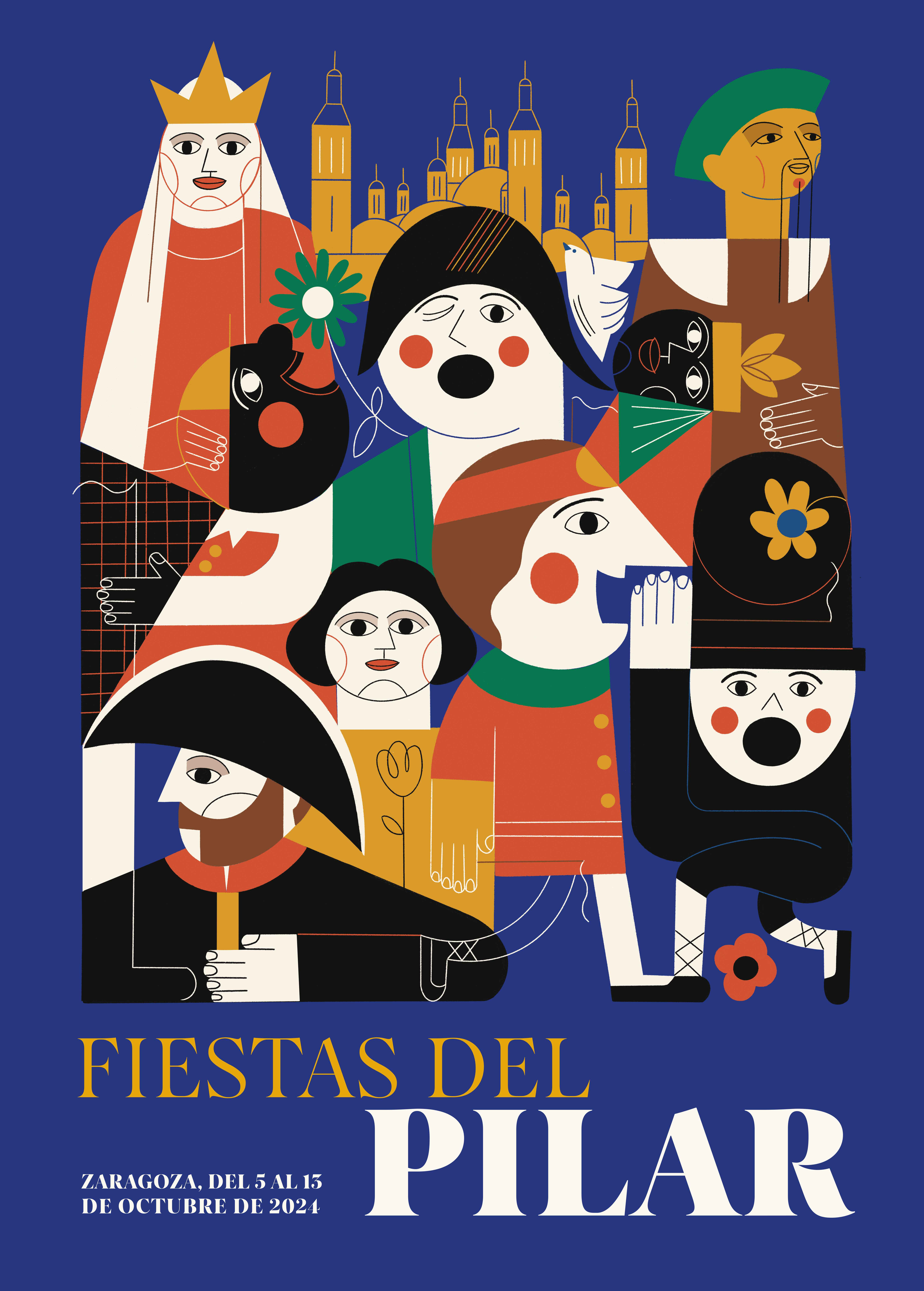
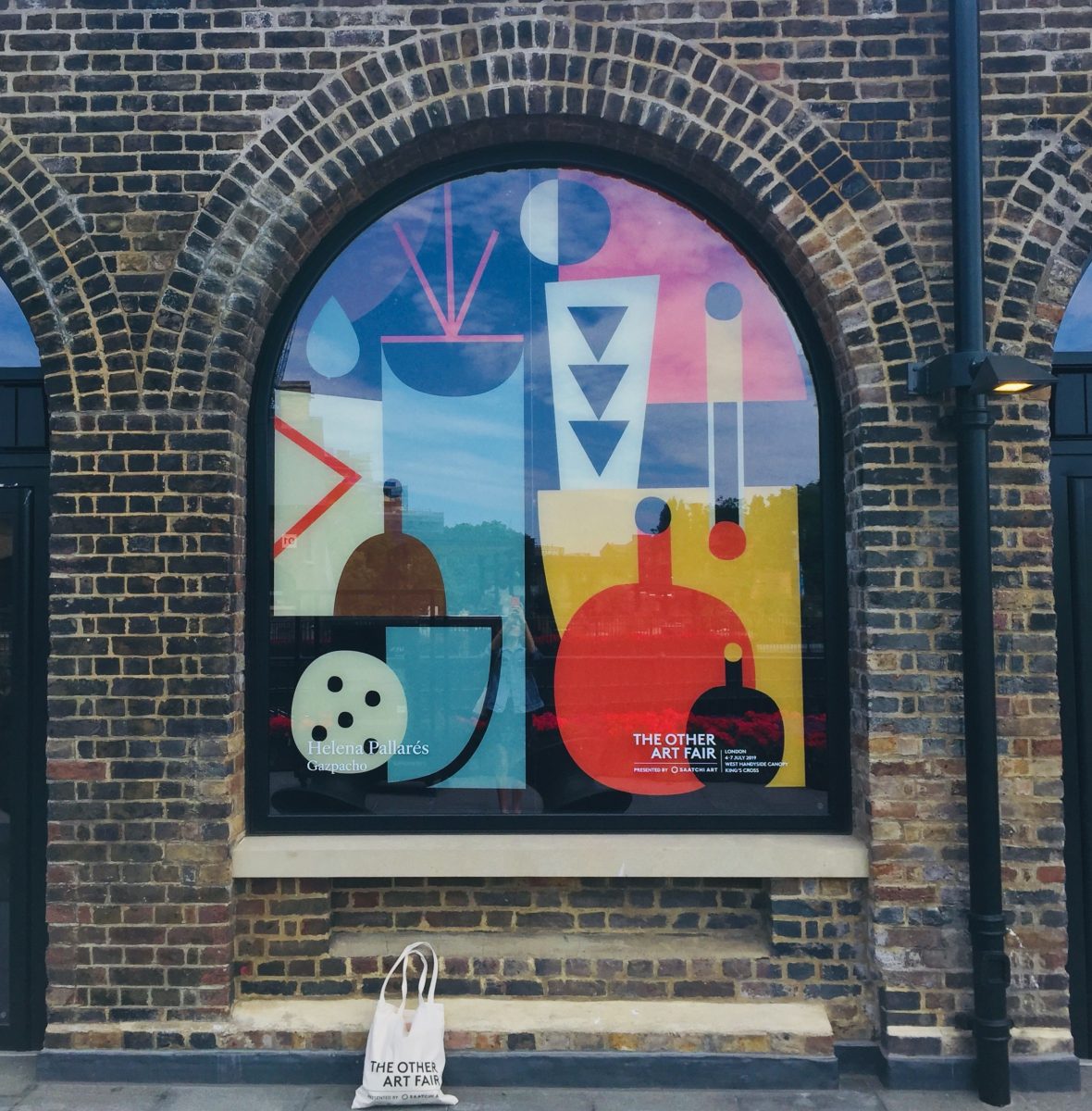
Part of that discomfort can also sometimes stem from a concern that the work you make doesn’t look like other commercial illustration, isn’t what’s currently in vogue, or doesn’t have a clear place yet. Stella Murphy advocates for a sincere pursuit of quality on your own terms – “I’m a big believer in if you’ve got something to say then doing it in a way that feels unique to you. It may sound a bit corny but I like when I can see the ‘soul’ in an artwork. And I think that effects the jobs that I get. Usually, it’s an art director who has seen something in my work and they’re vouching for me as a bit of a wild card.” Reaching out to others to see what they see in your work can pay off. As Johnny Boardman reminds us, – “commercial only becomes commercial after it becomes mainstream.”
We shouldn’t limit creativity only to our work.
Raisa Álava
Vitoria also states that; “I have always been quite drawn to print and printmaking, the contrasts between the blunt banality of mass-produced reprographics and the poetically unique imperfections of print as a medium. In print, Graphic Design and Illustration walk hand in hand and it doesn’t feel like I have to worry that much about separating them. Self-publishing offers so much exciting versatility in format, but then you’ll find yourself struggling to work out the target audience for a riso-printed nihilistic spoof comic of badly drawn Simpsons characters”.
Sharing your work with others can also be what prompts the move into a more interdisciplinary practice. Johnny Boardman began his tattoo practice after a friend observed that some of his paintings and characters were “feeling more like it belonged in the “ignorant tattoo” world” – a genre of tattooing with its origins in the 1990s. This other side to his practice also addressed some of the struggles of freelance illustration – “The main thing I love about tattooing is that I’m away from my desk and from screens and my canvas chats to me and tells me silly stories and bands to listen to.’’
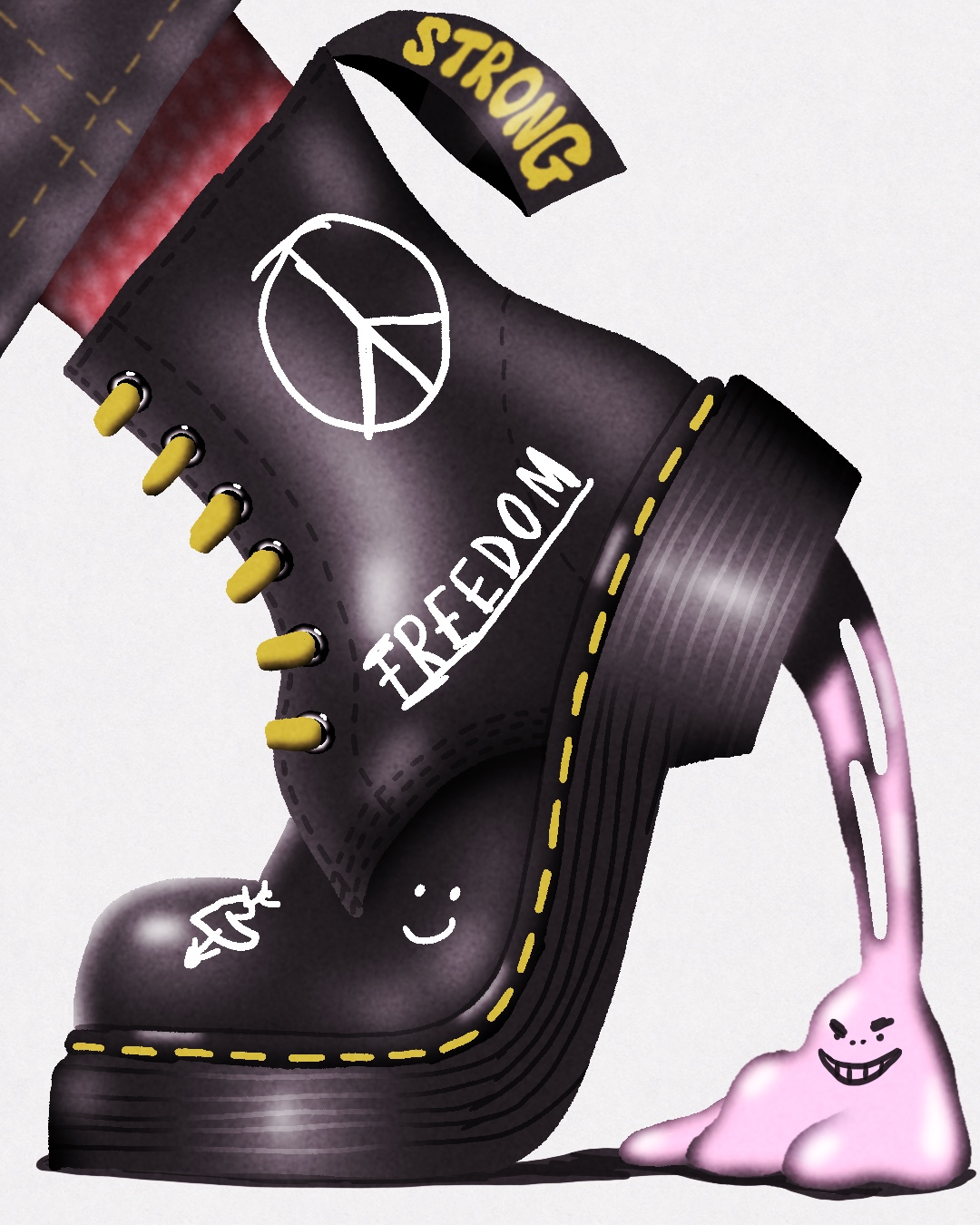
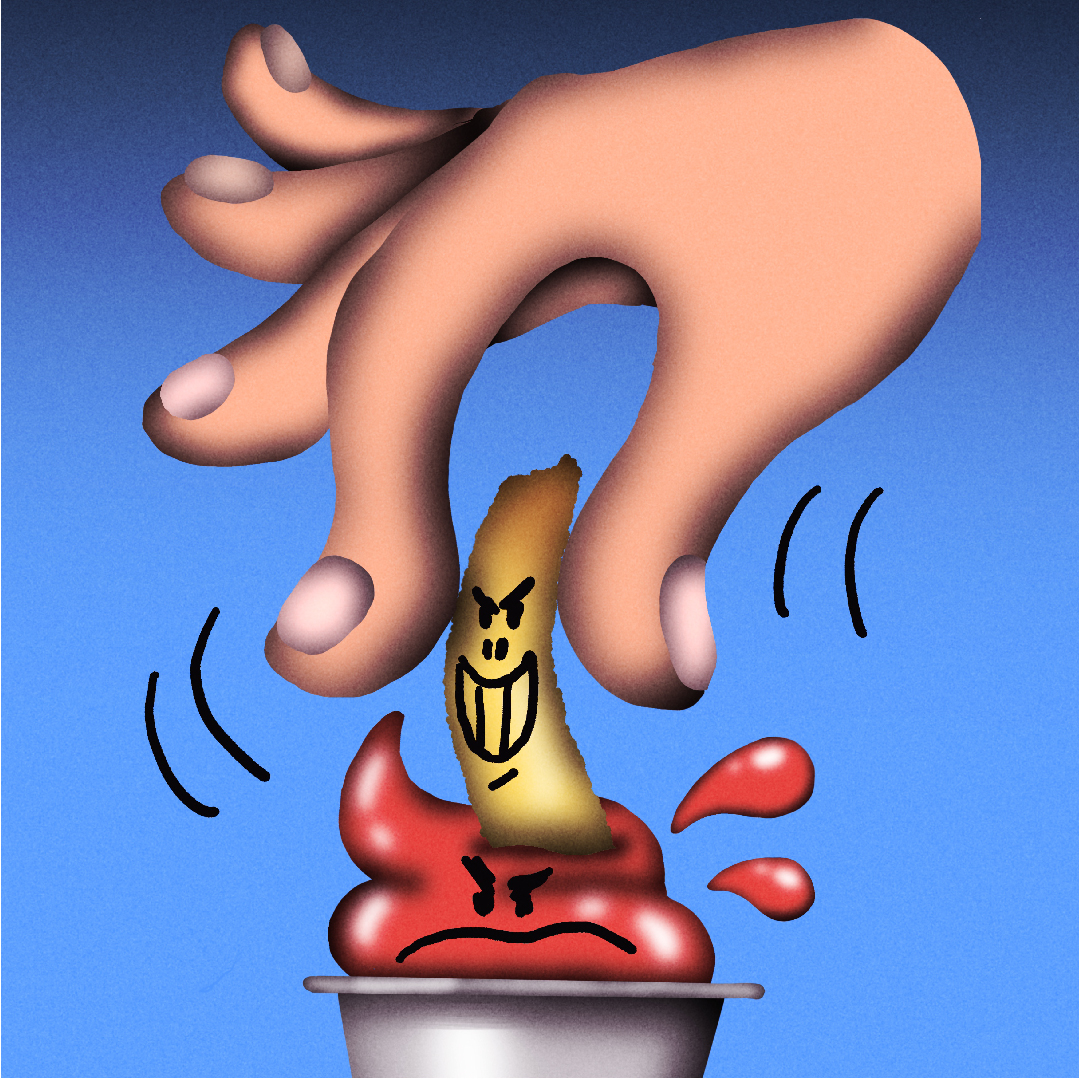
Especially at the start of an artistic career, it’s important not to put all your eggs in one basket.
Helena Pallarés
Having multiple strings to your bow can go some way to relieving the financial pressure on your freelance illustration work. Helena Pallarés advocates for having another side to a creative practice as it “offers a sense of security by not relying on a single activity, which, in the case of illustration, can often be precarious and unstable.” Johnny Boardman agrees – “some more of the thinking behind becoming a tattoo artist was that it could potentially fill in the gaps that I’m not booked and illustrating for.”
Of course, many illustrators balance their week with more regular work through ‘day jobs’. This kind of work isn’t always recognised or included in discussions of multihyphenate creative practice, but so often these roles are complementary to an illustration practice. A common theme among those we spoke to was that of teaching or supporting others. Raisa Álava has worked as a ceramics teacher, Vitoria Bas as a printmaking technician, and Stella Murphy facilitates art classes for adults with learning difficulties.
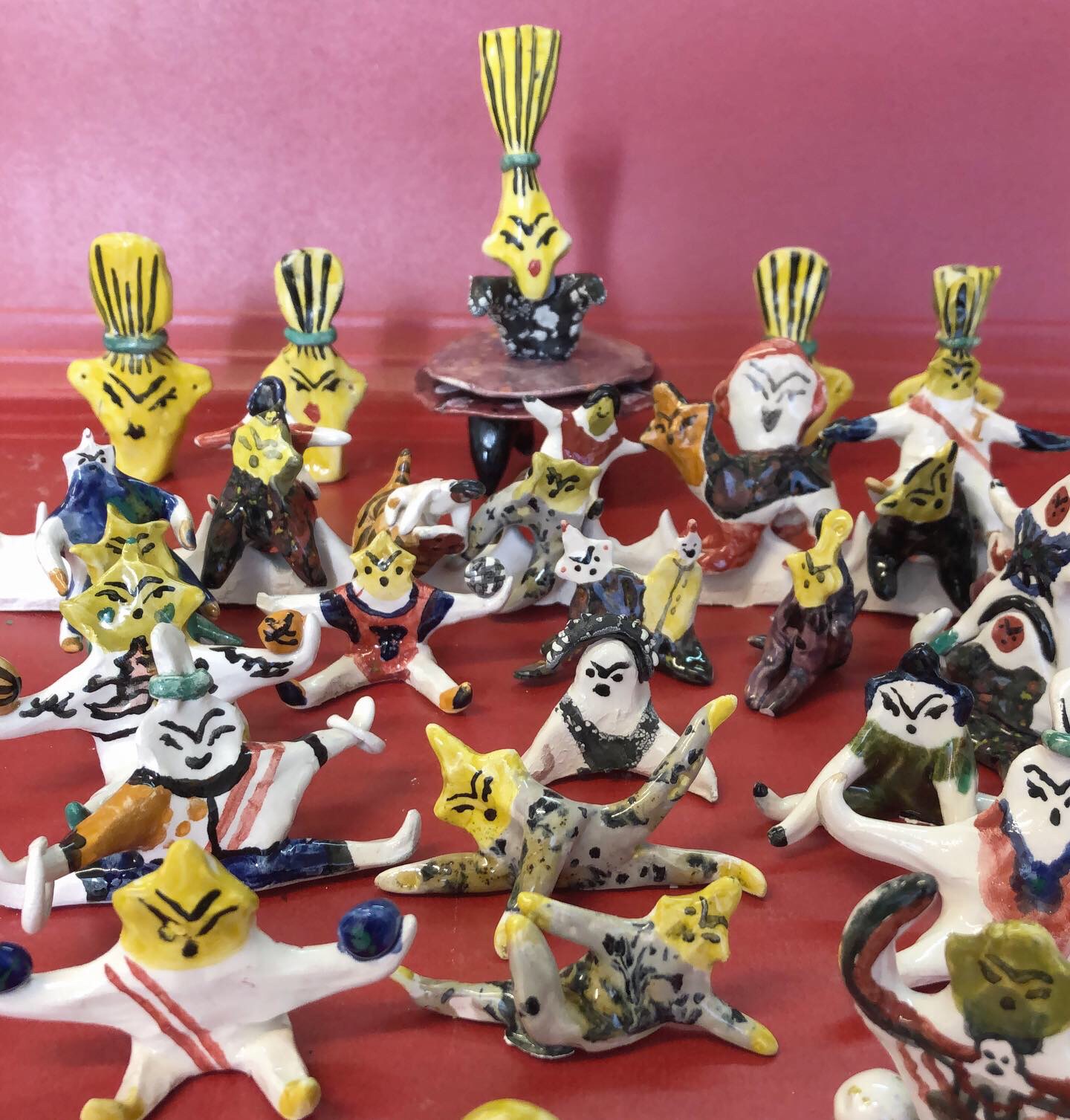
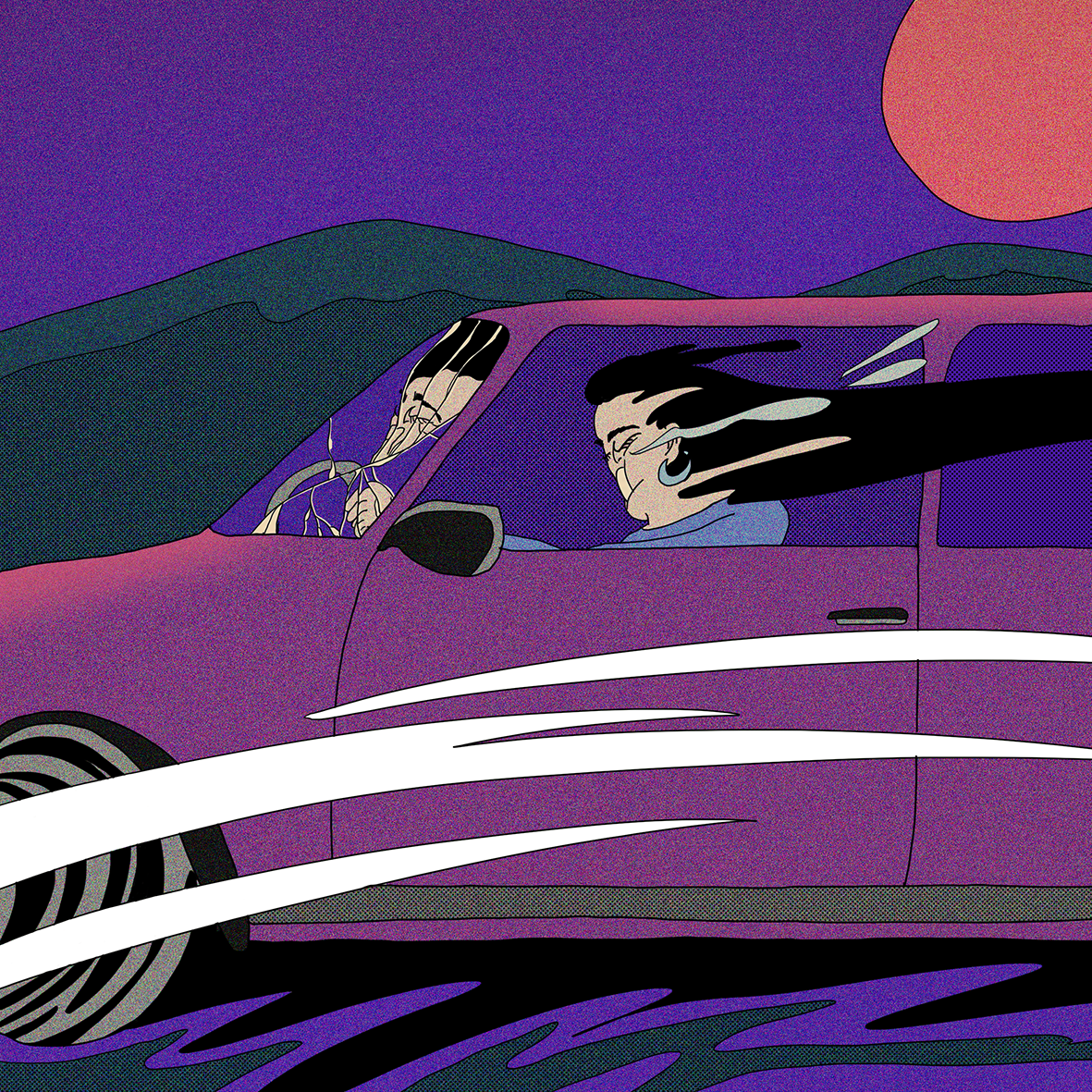
It has been inspiring to see the students’ different individual approaches to creative tasks and I’m learning a lot about how they see the world. There’s a big element of play and experimenting in the classes which I want to do more of in my own work.
Stella Murphy
A creative practice is not confined to what you do for a living, and creative outlets often feed into each other. Stella Murphy, who frequently creates work for DJs and musicians, has been learning to DJ herself. Playing music is a common theme in our conversations, but another common theme is this tricky distinction between creative hobbies and professional work as a multidisciplinarian – in fact Vitoria Bas tells us that when it comes to wellbeing, “, what I found to be truly helpful is to sometimes step well away from the pressure of creativity.” As Raisa Álava tells us, cooking, gardening, fixing things, all helps to find ideas in the first place – “the brain needs to breathe”.
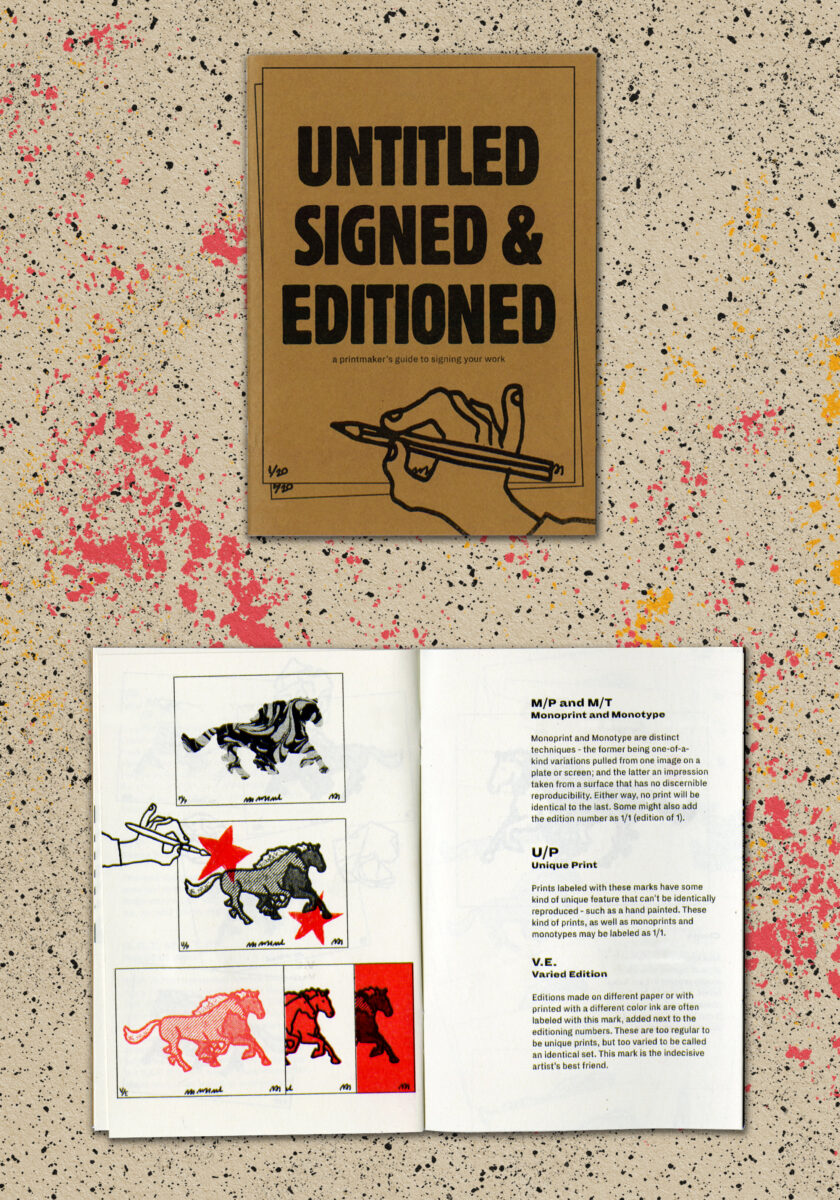
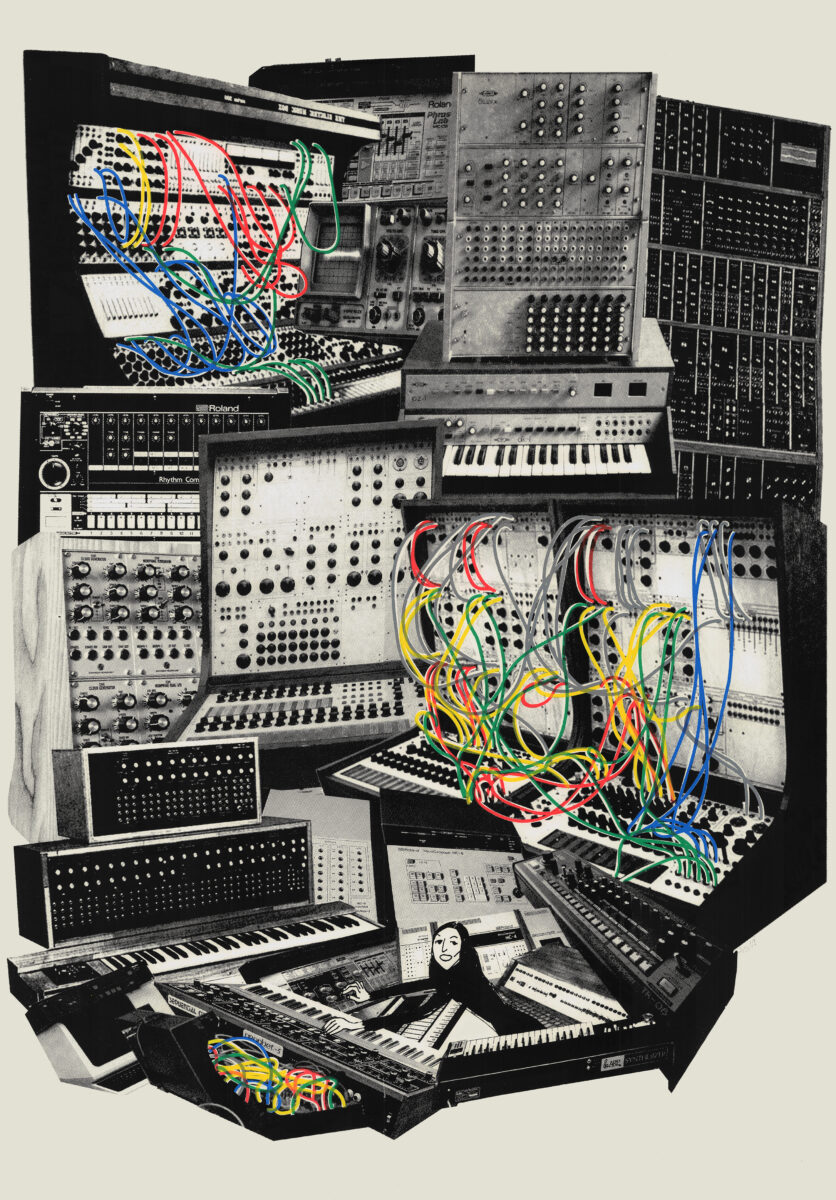
With thanks to our artists, designers and multi-hyphenates. If you’re left wondering where in the field of illustration your own work might fit in, join us for our upcoming event, AOI Discusses: Showcasing your work as an illustrator and building community, where we’ll be talking about showcasing your work and finding community with Adam Graff and Holly T Burrows. From art fairs to exhibitions, projects and events, we’ll be looking at collaboration, curation and experimentation, with insights into how illustrators can actively exhibit their work and form community.
Vitoria Bas
AOI Folio | Website
Helena Pallarés
AOI Folio | Website
Stella Murphy
AOI Folio | Website
Raisa Álava
AOI Folio | Website
Johnny Boardman
AOI Folio | Tattoos
Back to News Page
